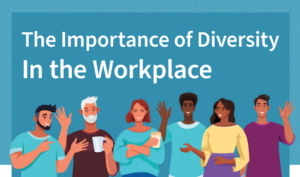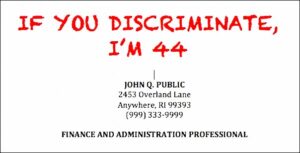
12 Ways to Ensure Inclusive Hiring for People With Disabilities
Imagine you discover an ideal job opportunity. You have the skills, drive, and vision to excel in this role. However, barriers invisible to others are

Imagine you discover an ideal job opportunity. You have the skills, drive, and vision to excel in this role. However, barriers invisible to others are

Recently, I was talking with a dear friend who was about to interview a candidate she had unknowingly placed in a professional reputation “box”. The

Workplace diversity is not a new topic. And yet, the world of work hasn’t made nearly enough progress in gender, cultural, and ethnic diversity. The
“People don’t care who they hurt or beat. For the love of money.” excerpt from the song “For the Love of Money,” by The O’Jays
I came across an article recently that caught my attention. The story centered on the topic of discrimination as commented by and seen through the
With the relentless media focus on the subject of diversity, you may think that bias in the hiring process is a well-controlled issue. It’s not!
Should employers use social media to screen candidates? A good question without a right answer; it’s a gray area both in the law and company

Age discrimination has no place at work — and yet it persists. Why? What should we do? The TalentCulture community speaks…

Do you want to lead others? Start by leaving behind age stereotypes that keep us all from getting ahead. Try these 5 steps

What can industry conferences teach us about how to overcome generational stereotypes in the workplace? The Recruiting Trends Social Summit reminded me this week that the TalentCulture community mantra is more than mere words. Together we ARE better…

Today’s workplace is no place for age-based stereotyping. And yet, negative stereotypes persist. How can we break free from these assumptions that threaten professional relationships and business performance?

Even today, negative stereotypes can cast a shadow over our professional lives. See what experts from a top recruiting outsourcing firm say about labels in the workforce – this week’s focus on #TChat…
While much said and written about discrimination due to race, religion, disability, and gender in general, the bias for and against beauty is often overlooked in the world of work. It’s worth closer inspection by leaders and others in today’s workplace…
The diversity perception is much different in practice. The reality is, we discriminate; we stink at giving folks a fair shake, especially when they’re not